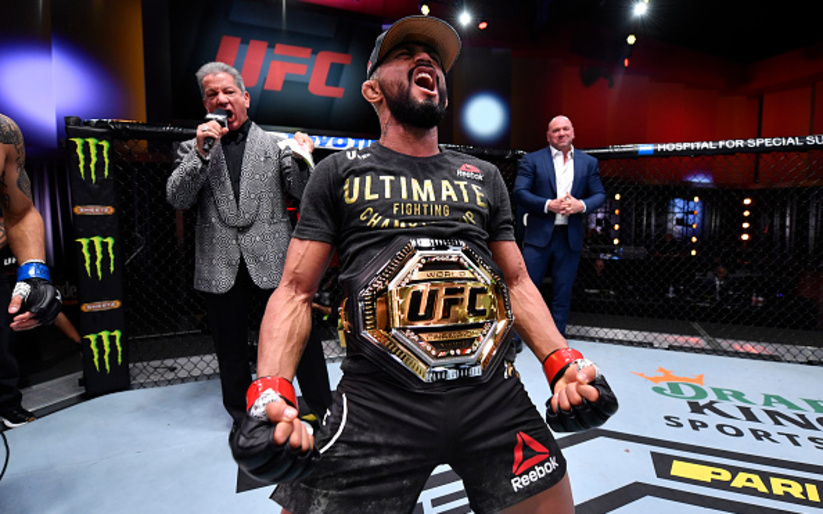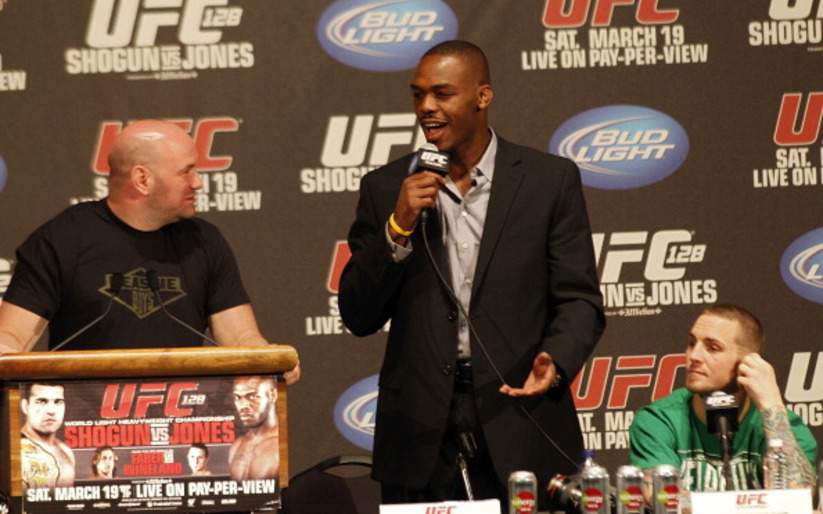Anti-doping zealots cheered when the UFC announced their new drug policy back on June 3. The policy promised stiff punishments for PED use (two years for a first offense) and year-round testing, and, best of all, would be carried out by the United States Anti-Doping Agency. USADA, a non-profit NGO, has contracts with various U.S. sports governing bodies and is recognized by Congress as “the official anti-doping agency for Olympic, Pan American and Paralympic sport in the United States.” Unlike other professional sports, the UFC’s decision meant that they would not be running their own testing. Instead, it would be left in the hands of USADA.
Earlier this week, Thomas Hauser dropped a bomb of a report for SB Nation. In a piece title “Can boxing trust USADA?”, Hauser details how USADA handled Floyd Mayweather using an IV prior to his bout with Manny Pacquiao. Use of an IV is a standard practice in combat sports to rehydrate after a weigh-in. It’s also a practice which is prohibited by the World Anti-Doping Agency. According to Hauser, USADA granted Mayweather a retroactive therapeutic-use exemption (TUE) for the IV, and neither Pacquiao nor the Nevada State Athletic Commission were notified of Mayweather IV use prior to the bout.
Hauser also threads other issues into his report. He noted USADA’s fee structure, which is both variable and higher than the fees charged by the fledgling Voluntary Anti-Doping Association (VADA). This despite not performing carbon isotope ratio testing, which VADA does perform, deeming them, according to Hauser, “unnecessary and too expensive.” Hauser quotes VADA CEO Dr. Margaret Goodman as claiming the CIR tests cost roughly $400 per test.
Then there’s the issue of Erik Morales. Morales fought Danny Garcia on October 20, 2012, at the Barclays Center in Brooklyn. Morales had tested positive for clenbuterol (a banned substance) twice prior to the bout. USADA claims they informed the New York State Athletic Commission of the test results. NYSAC show no record of that happening. Morales was allowed to fight. He lost.
USADA responded with a statement to Hauser’s report the next day. That statement largely boiled down to a non-denial denial, insisting that the article was “riddled with inaccuracies and misrepresentations” which would all “be addressed at the appropriate time.” (Now seems like an appropriate time, no?) The statement did address the issues with Mayweather’s IV use, twice noting that the practice is not prohibited under NSAC rules and that Mayweather went out of his way to apply for a TUE in accordance with WADA protocol. It was not addressed why Mayweather requested his TUE after the IV had already been administered. It should also be noted that USADA’s description of the events do not appear to contradict anything reported by Hauser.
That same day, the L.A. Times’ Lance Pugmire published a followup report of his own. In it, Pugmire quotes NSAC executive director Bob Bennett, who claims that his experience with USADA have been “less than acceptable and less than professional.” With regards to Mayweather’s use of an IV, Bennett said, “He cannot have it done at his house and [USADA] can’t authorize it…. I have specifically articulated and memorialized to USADA that [NSAC] is the sole authority that can authorize a therapeutic-use exemption for a fighter in the state of Nevada. USADA never told us prior to the IV that they had their own TUE, and they never kept us informed about it being administered.”
Pugmire also reports on USADA granting a TUE to Frank Mir for use of the stimulant Adderall. Bennett again chastised USADA: “They had no business authorizing that TUE, and we said it’s unacceptable, that he had to fill out our application and go through our doctor,” Bennett said. “[Mir] was told he had to stop taking the stimulant immediately.” Bennett also notes that USADA’s actions are creating confusion among fighters.
The UFC then responded with drug czar Jeff “Smell Test” Novitzky giving quotes to MMA Fighting. Novitzky “clarified” that Mir was not denied a TUE by the NSAC, but that they were told there was not enough time for him to receive one. It should be noted that Pugmire never writes that the NSAC denied Mir a TUE. Novitzky then repeated USADA’s line about inaccuracies in the report before reaffirming his confidence in the organization:
“Based on 15 years of working with them and seeing how they make decisions and seeing how those decisions are ethical and how every single time they adhere to carrying out the WADA code, I have 100 percent confidence that we have enlisted the gold standard, best anti-doping agency in the world and all of our athletes should have that same trust and confidence,” Novitzky said. “I haven’t lost any of that in USADA. They’re the best.”
It’s interesting that nothing in either Hauser or Pugmire’s reports causes Novitzky to question his confidence in USADA. Not Mayweather’s IV use and retroactive TUEs. Not the situation with Frank Mir. Not NSAC officials claiming multiple troubling incidents with USADA. Not the Erik Morales situation. Not the issue with pricing and carbon isotope ratio testing. Not one of those things moves Novitzky’s confidence in USADA, and he’s willing to buy that these these reports are based on “inaccuracies and misrepresentations.”
If Novitzky had any sense of a smell test, he’d realize this whole thing stinks.


